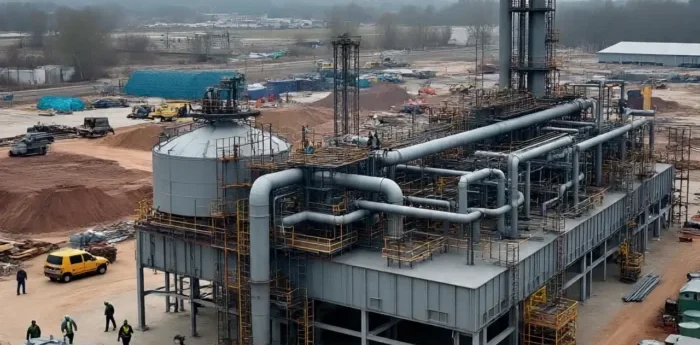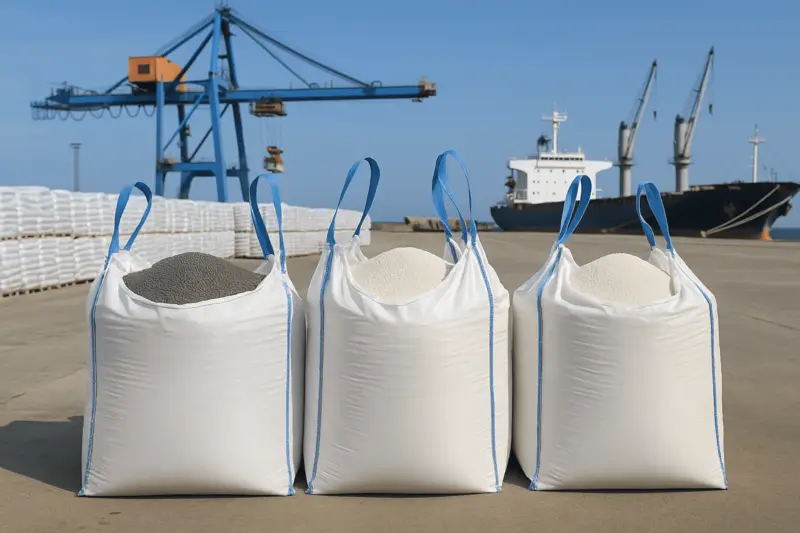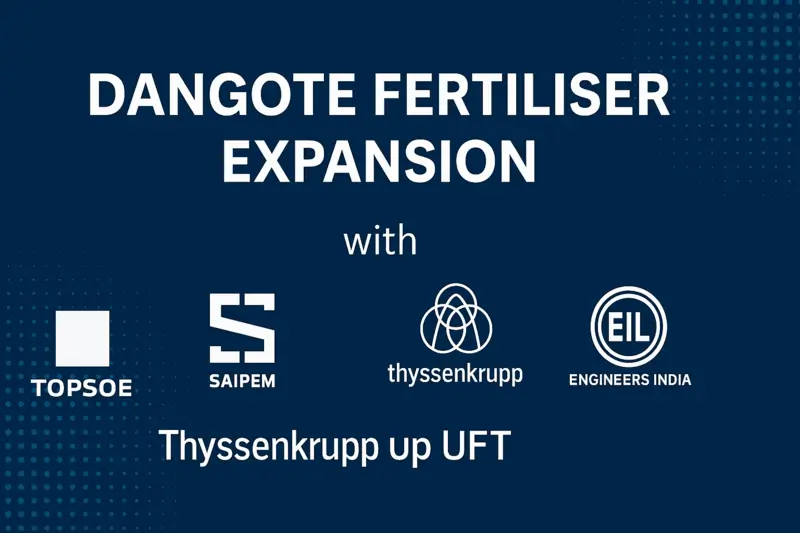Low-carbon ammonia could arrive in global markets as early as April 2026 when Qatar Energy’s Qafco 7 ammonia plant nears start-up. The Mesaieed Industrial City project is scheduled to produce an initial 900,000 tpy of ammonia as it ramps toward its full 1.2 million tpy capacity. The facility also includes a 1.5 million tpy CO₂ injection and storage unit, with capital expenditure around 4.4 billion Qatari rials (≈US$1.2 billion). It is not yet clear whether CCS will run simultaneously with first ammonia output.
A strategic step for low-carbon ammonia
Qafco 7 is built to produce low-carbon ammonia — often called “blue” ammonia — by pairing conventional ammonia synthesis with carbon capture and storage. If CCS is operational from day one, the plant will deliver lower-emission ammonia to buyers seeking decarbonised feedstock. If CCS starts later, the project will still add large volumes of conventional ammonia before its low-carbon credentials are fully available.
Market context: tight today, crowded soon
The global ammonia market is currently tight due to temporary outages and curtailments in several producing regions. But the next two years could see roughly 4.6 million tpy of new capacity from major projects worldwide. These include large natural gas–based builds and other CCS-enabled plants. That pipeline risks shifting the market from short to oversupplied unless new demand for low-carbon ammonia materialises or older, high-cost plants close.
Why timing and CCS matter
Two timing issues will determine price and trade flows:
When CCS is ready. Plants that start ammonia production before CCS availability will supply conventional product, delaying the market for truly low-carbon ammonia.
How quickly demand grows. New low-carbon uses — for example, marine fuels or power generation — must scale up to absorb extra volumes. Otherwise, prices could weaken, forcing closures at high-cost facilities.
Downstream flexibility and risks
Qatar Energy may choose to divert some Qafco 7 output into downstream urea or other derivatives. That flexibility would change fertilizer flows but hasn’t been confirmed. Meanwhile, potential oversupply could reduce margins and accelerate retirements of older plants, helping rebalance markets — though those closures are not guaranteed.
What to watch next for low-carbon ammonia
Official confirmation of the April/Q2 2026 start-up and the CCS commissioning schedule.
Ramp progress at other large projects that influence global balances.
Long-term offtake agreements for low-carbon ammonia, especially from shipping, utilities, or industrial hydrogen users.
Announcements of closures at high-cost plants, which would counter oversupply.
Bottom line
Qafco 7 is a major development for decarbonised fertilizer and industrial feedstocks. If its CCS unit operates early, the project will supply meaningful volumes of low-carbon ammonia and boost availability for buyers seeking lower-emission options. But the real market impact hinges on timing — both of CCS startup and of rival project ramps — and whether new, large-scale demand for low-carbon ammonia emerges before 2030.
Sources : Argus
For further information, please contact:
FERTILIZERFIELD Portal — Your Fertilizer News, Prices, Projects & Tenders Hub
📧 support@fertilizerfield.com | 🌐 www.fertilizerfield.com




